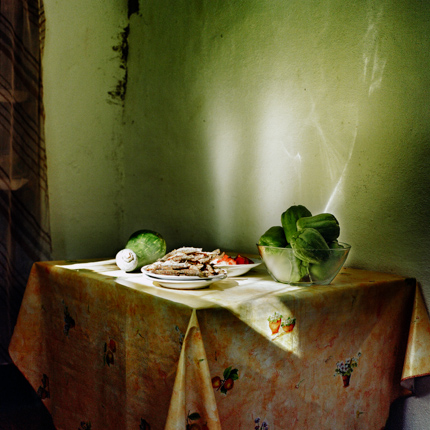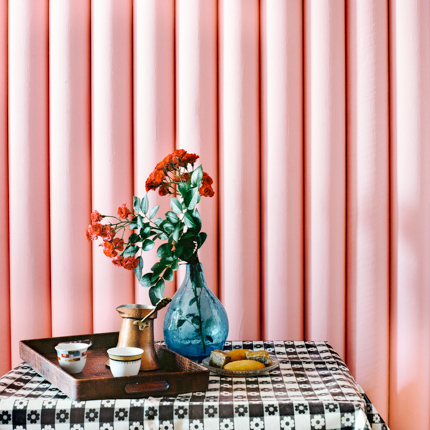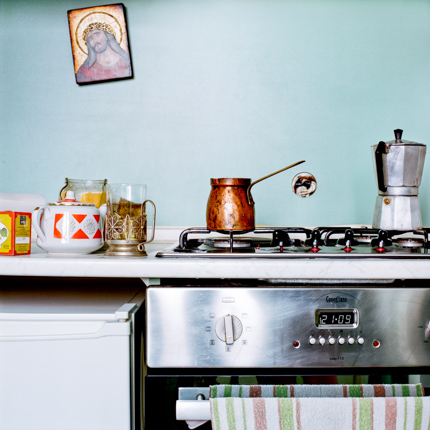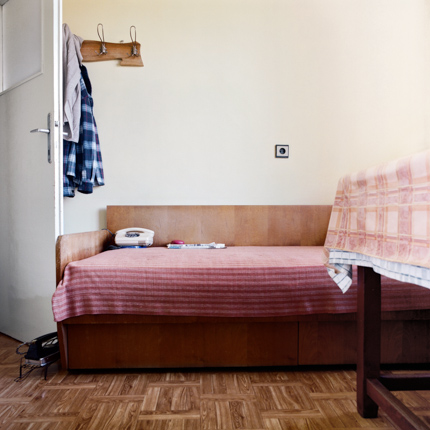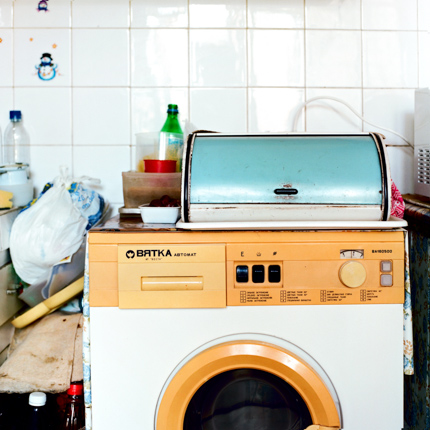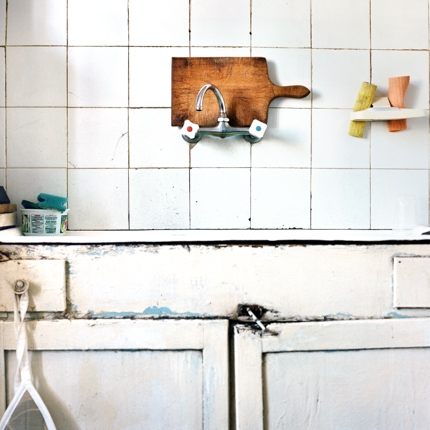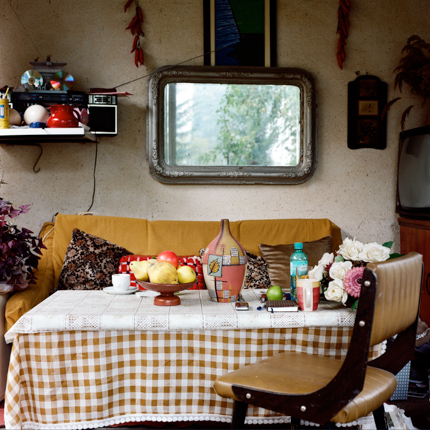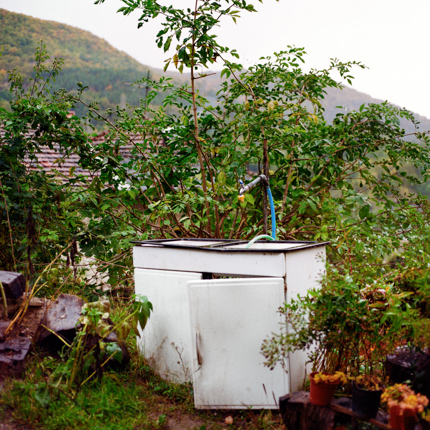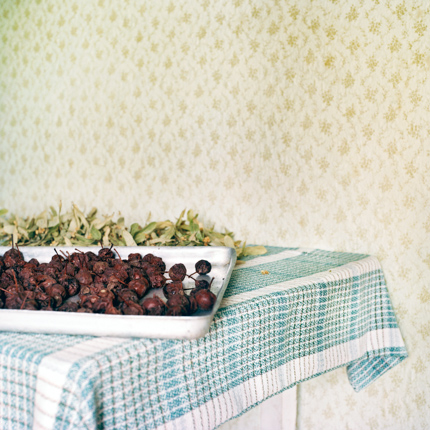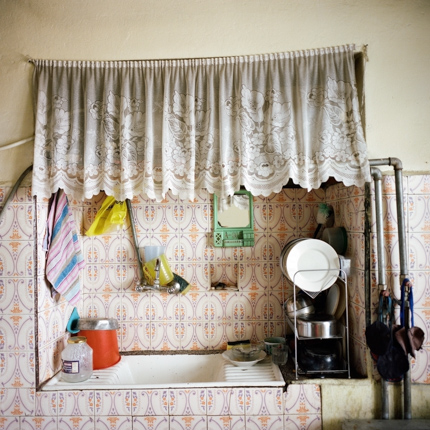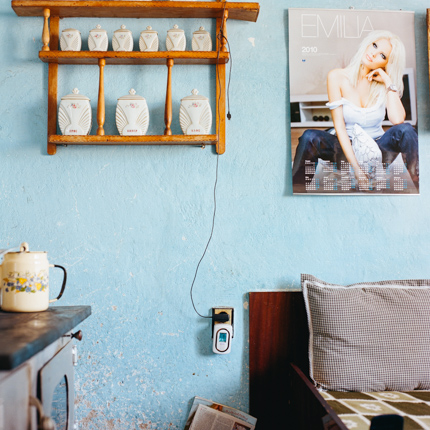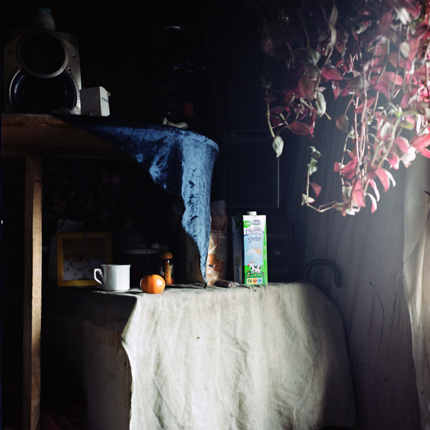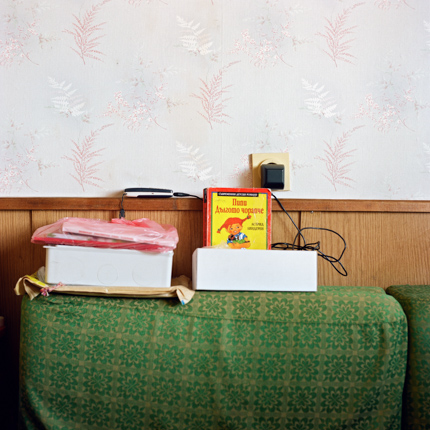The people of the Balkans live in the shadow of a long history of wars, conflicts and unresolved ethnic tensions. Much of the energy that could have gone into building a future has been squandered on maintaining those tensions and the result is an impoverished present. Young families must either pay exorbitant rents or live packed like sardines in their parents’ apartments. And most of those apartments are in the hopelessly ugly, crumbling concrete blocks which are the legacy of the communist era.
The term “Balkan” whether it is describing a culture or a geographic area, usually has a strong suggestion of the rural with a heavy overlay of the Orient. In whatever context it is used, the word reverberates with cultural and sociological connotations, with a sense of division and disagreement.
When I set out to tell a story about the Balkans, it was food that sprang to mind as being the only thing people in the whole region agree that they have in common. After five centuries of Ottoman occupation we have all continued to eat the dishes they brought.
Thinking about this shared culinary heritage, I began to wonder what was happening in Balkan kitchens these days.
The kitchen is a multipurpose room, a space which reflects identity and self-perception. It embodies the spirit of the Balkan home and mirrors society as a whole. People in the Balkans would rather spend what little money they have in a cafe than on interior decoration. The functional, unadorned style which results from this conveys a tangible sense of the region’s lost identity, the inevitable legacy of half a millennium under the Ottoman yoke and half a century behind the Iron Curtain.
The Kitchen Stories from the Balkans photo series has been recently published in a book with the same title. Introduction text has been written text by Christian Caujolle. The book is available from the artist webpage:
www.anzenbergergallery-bookshop.com
Eugenia Maximova was born in Ruse, Bulgaria. She graduated from the University of Vienna in journalism and communication science.
Eugenia’s objective is storytelling. Her journalistic background influences many of her projects. And although they usually differ from the traditional concept of ‘photojournalism’, the goal of her images is to bring to light the lives of others and to communicate socio- political models and tendencies and examine their consequences for society and culture. Eugenia Maximova has won numerous international. Her work has been exhibited worldwide. Eugenia’s work is represented by Anzenberger Agency/Gallery

